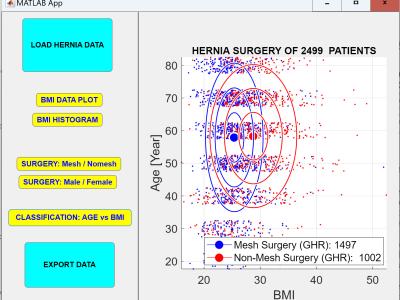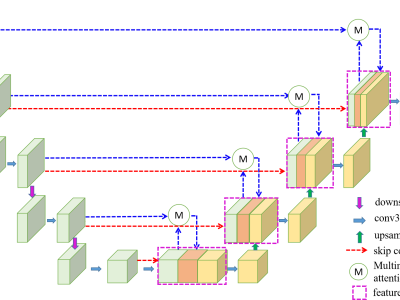
FormAI is a novel AI-generated dataset comprising 112,000 compilable and independent C programs. All the programs in the dataset were generated by GPT-3.5-turbo using dynamic zero-shot prompting technique and comprises programs with varying levels of complexity. Some programs handle complicated tasks such as network management, table games, or encryption, while others deal with simpler tasks like string manipulation. Each program is labelled based on vulnerabilities present in the code using a formal verification method based on the Efficient SMT-based Bounded Model Checker (ESBMC).
- Categories:





